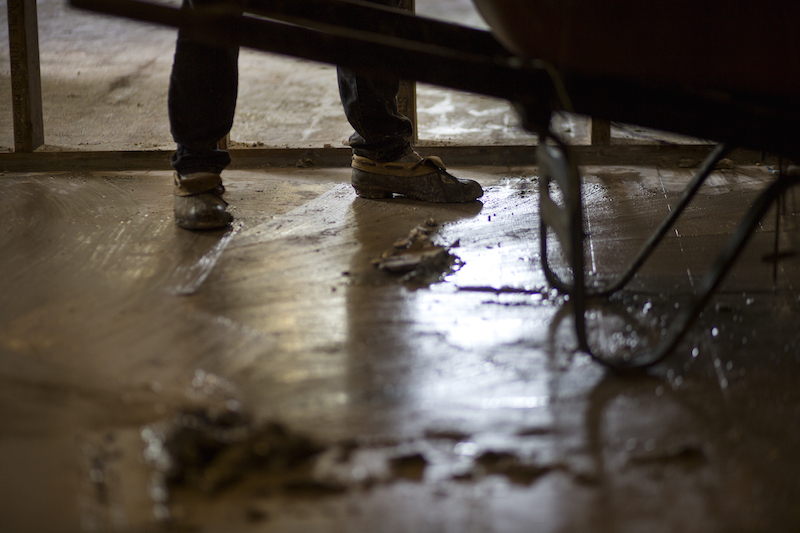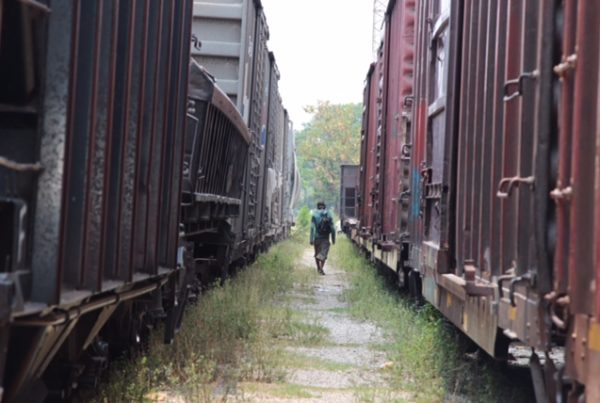Over the past week, the Brazos River has risen to its highest level in more than 100 years. The rains that caused the overflow have led to at least six deaths in Texas.
Meteorologists are predicting that some 10 inches of rain will fall in the Houston area over the next several days. If so, we may be looking at another round of devastation in the fourth largest city in the nation. Houston has activated its emergency operations center.
But this is bigger than Houston. Austin has had its share of flooding. Several rivers in southeastern and eastern Texas are well beyond flood stage and parts of I-35 in San Antonio were closed this morning because of the rain and officials made a high water rescue at Lackland Air Force Base. Gov. Greg Abbott has issued a disaster declaration for 31 Texas counties.
When these weather events happen we often turn to meteorologists and look to the sky for answers. But perhaps the eyes of Texas should be looking the other direction – that is, to the ground.
Jonathan Burnett, an engineer who studies hydrology and floodwater flows, wrote the book “Flash Floods in Texas.”
Burnett says the state saw record-breaking floods in 1913. The rumor is that the Brazos and Colorado – two rivers miles apart from each other that normally run parallel – joined as they approached the coast down toward the Lake Jackson area.
“That flood came down from central Texas – even from up around Belton and then worked its way down through the bottom lands,” Burnett says. “You would read about what people would do to survive that: having to stay for days on top of their barns.”
Burnett says experts in the field have done historical studies that point to a theory that the Alamo was moved in the 1700s or 1800s due to extreme flooding.
“(Flooding is) something that’s been around for a long time,” Burnett says. “Now we have a lot more people in the path of the flood, so that’s a significant impact and part of the tragedy that happens with these events.”
Texans just have to resign themselves the the fact that flooding may become routine, Burnett says.
“The data would certainly back up that fact that we’re gonna have intense storms, we’re gonna have rapid runoff and our streams are gonna rise quickly,” Burnett says.
Prepared for web by Beth Cortez-Neavel.
















